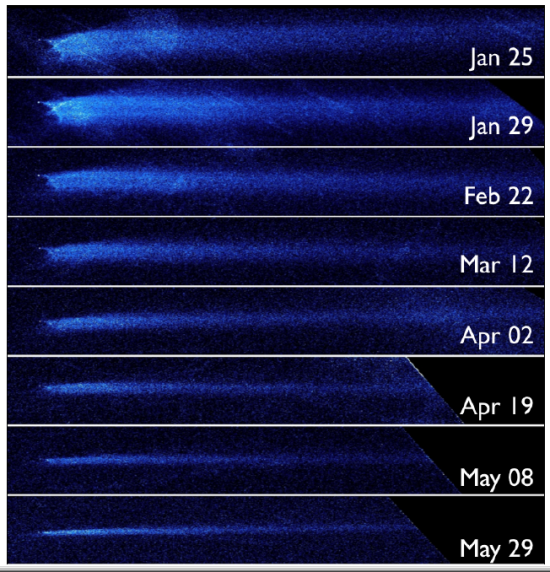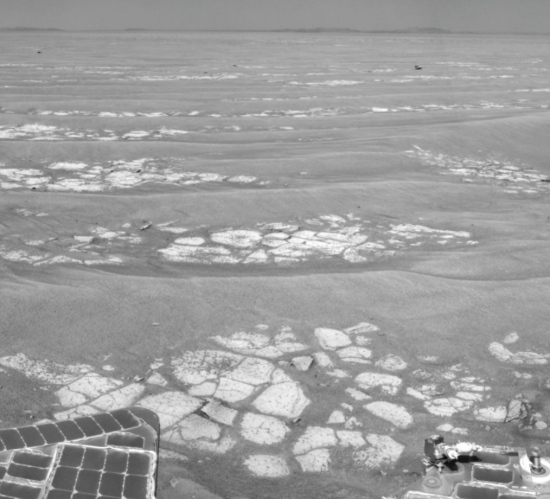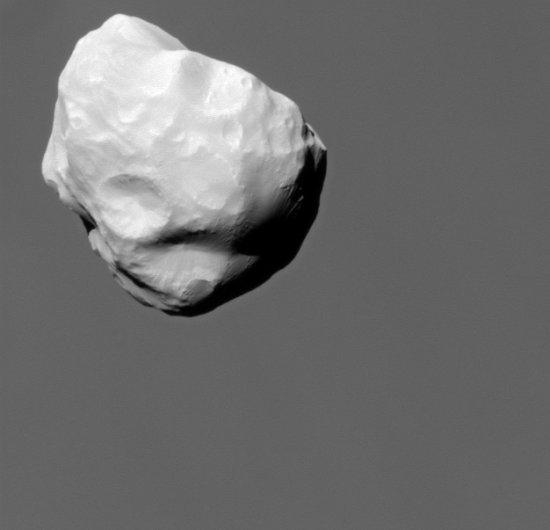A sampling of headlines today, describing the passage last night in the House of the NASA authorization bill:
Unfortunately, none of these headlines are correct. All of them are examples of what I call “press release journalism”, where the press writes its stories based on what elected officials and public relations people tell them, rather than what’s in the bill itself.
Though the bill that passed last night does authorize significant additional funds for the subsidized development of new private rockets, it unfortunately does not send NASA on a “new path” or “new policy.”
First and foremost, the plan very specifically requires NASA to build a spacecraft and launch capability very similar to what was being built under Constellation. To quote:
It is the policy of the United States that NASA develop a Space Launch System as a follow-on to the Space Shuttle that can access cis-lunar space and the regions of space beyond low-Earth orbit in order to enable the United States to participate in global efforts to access and develop this increasingly strategic region.
This system is to have a launch capability of no less than 130 tons, which would exceed the Saturn V and is about what was planned for Ares V.
Also:
The Administrator shall continue the development of a multi-purpose crew vehicle to be available as soon as practicable, and no later than for use with the Space Launch System. The vehicle shall continue to advance development of the human safety features, designs, and systems in the Orion project.
This essentially means that Orion, as designed under Constellation, will go on.
Thus, the only real changes to Constellation the bill provides are less money, a faster timetable (finished by the end of 2016) and the freedom to pick a new name for the system, so as to not embarass the current administration with a Bush space rocket.
Of course, NASA has the freedom to redesign Constellation, but given the short time schedule and limited budgets, I wonder if that will be possible. (There are those who think this is a victory for the Direct approach, whereby the new launch system is almost entirely based on the shuttle system, but even that concept is probably not doable, given the money and time frame.)
Thus, has anything at NASA actually changed? I don’t think so. In the end, what we are going to get from this new plan is the same failures we’ve gotten from NASA in its repeated efforts over the last twenty-five years to build a shuttle follow-on. To quote a column I wrote for USAToday back in 2004:
- The National Aerospace Plane was proposed by President Reagan in 1986 during his State of the Union address. This cutting-edge technology, Reagan proclaimed, would “by the end of the decade take off from Dulles Airport, accelerate up to 25 times the speed of sound, attaining low-Earth orbit, or fly to Tokyo within two hours.” After spending $1.7 billion, and building nothing, the program was canceled in 1992.
- The X-33 was announced with much fanfare by Vice President Al Gore on July 4, 1996. The program was going to produce a single-stage-to-orbit reusable spacecraft. “This is the craft that can carry America’s dreams aloft and launch our nation into a sparkling new century,” Gore enthused. After five years and $1.2 billion, the X-33 was canceled when cracks were found in the spacecraft’s experimental fuel tanks.
- During the same years as the X-33, NASA pursued the X-34, a smaller two-stage reusable rocket launched from a belly of a L-1011 jet, and the X-38, a reusable lifeboat for the International Space Station. After four years, more than $1 billion but little hardware production, both were scrubbed. [Note that the X-37 did come back to life under the auspices of the Air Force, who saw its value if NASA did not.]
- In 2000, even as the previous projects were being put to the torch, NASA came up with another program, the Space Launch Initiative. For two years, the agency spent $800 million drawing blueprints for a plethora of proposed shuttle replacements. Nothing was built. In 2002, the Space Launch Initiative was scrapped like the rest.
In every case, NASA came up with plans that could not be built for the money available. Now, Congress has ordered NASA to build an updated Saturn V rocket, practically overnight and without sufficient funds. And it has asked this to be done by an administration that is uninterested in doing it, and has even shown a willingness to sabotage this project, when it can.
The result? I do expect NASA to spend all the money that Congress is giving them, passing it out to various aerospace companies, as it has done for the last few decades. Whether anything will get accomplished with all that spending, however, is very doubtful.
In other words, the bill passed last night is nothing more than the worst form of pork. At least with most pork projects, a new school or a better road system is built. Here, the taxpayer will spend a lot of money, and get very little for it.
The one glimmer of hope is the money authorized to subsidize the development of new private space rockets. Unfortunately, the bill requires NASA to strictly supervise the construction of these new rockets, to make sure they meet NASA’s safety standards and government rules. Such supervision cannot encourage the kind of innovation and creativity necessary to produce new rockets cheaply and efficiently.
Fortunately, the increasing demand for new and inexpensive launch services is going to counter this governmental interference. SpaceX’s amazing success with its Falcon rockets is evidence of this increased demand. So is the fact that Boeing has decided to dive into this market with its own manned spaceship. With increased demand comes increased profit, which — far more than government subsidizes — will pay for the new rockets.
Still, on the government side I suspect the end result of NASA’s new commercial development program will once again be a lot of money wasted. The new rockets will get built, but the American taxpayer is going to get screwed in the process.
Personally, if I had my druthers I would get the U.S. government entirely out of the civilian rocket building business. Let the private companies finance and build their rockets themselves (as SpaceX did with the Falcon 1), and when completed, let NASA then buy the services. The less say the government has in the design and construction of these rockets, the better.
Unfortunately, this fantasy is not going to happen. Instead, I expect the American space program to limp along for the next decade or so, dependent on the Russians (and eventually the Chinese) to get its astronauts to its own space station.
How sad.













